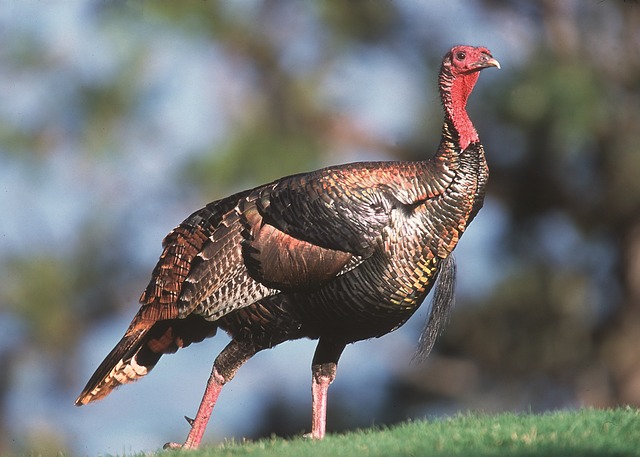While turkeys traditionally go with Thanksgiving, actually hunting them is normally a spring activity. Some hunters consider the fall turkey season much easier than the spring season, but fall turkey hunting offers a new set of challenges.
Much of the spring hunt revolves around calling skittish turkeys, which takes a special set of skills. The fall season is more in tune with other types of bird hunting, where the key is locating the birds. Here are five tips on how you can be more successful in fall turkey hunting.
LOCATING BIRDS
Much of the work in locating fall turkeys centers on finding their sources of food. Many food sources are available this time of year, including berries, acorns, nuts, insects and worms. Turkeys eat a wide range of foods, so finding their current source of food can be a challenge.
The best way to locate the birds and their food sources is to get out and scout for turkeys. Look for definitive signs of turkey activity, such as feathers, tracks, roosting areas, scratchings or dropings. Once you find where the flocks are feeding and moving during the day, you can determine the best location from which to hunt.
STRATEGIES
There are two different approaches you can use during the fall turkey hunt and both are effective. The first strategy resembles hunting for other birds, such as grouse or pheasants. It involves walking through the woods or fields, searching for flocks of turkeys.
The second strategy more resembles spring turkey hunting, in that you sit and wait for the birds to come to you, using a blind or camouflage, along with a turkey call.
One of the best approaches in the fall hunt is to scatter a flock; then use your call to try to bring the birds toward you.
CALLING
Although calling is not as important in fall turkey hunting, as it is during the spring hunt, it can be an effective way to draw the birds toward you, because communication is an important part of turkey life. Fall is also an excellent time to practice your calling and improve your skills.
The best way to call turkeys toward you is to imitate the types of sounds they are making. Experiment with different calls until you find one that works.
STEALTH
Whether you are walking or sitting, an important aspect of turkey hunting is stealth. Do not make loud or unnatural sounds (unless you are trying to scatter a flock). Stay out of sight by wearing camouflage and equipping your gun with camouflage. Turkeys have very good eyesight and will likely spot you, if you are sloppy.
DECOY
One way to get a flock’s attention is to place a single hen decoy near the flock. The flock will not like this new bird encroaching on its territory and will likely go after it, which will draw the turkeys toward your location. This can be a very effective strategy, especially if calling does not seem to be working.
Photo credit: Pixabay








